Demon God's, Devil's and Serpent Gods of the Underworld. Oldest Sumerian DEVIL Myths are Wild
Demon God's, Devil's and Serpent Gods of the Underworld. Oldest Sumerian DEVIL MYTHS are MIND BLOWING. Gnostic Informant Jun 25, 2023
-
In Sumerian mythology, the Underworld was known as Kur, and it was ruled by the goddess Ereshkigal.
-
The Babylonians also had a similar concept of the Underworld, which they called Irkalla.
-
According to Sumerian mythology, the Underworld was a dark and gloomy place where the souls of the dead went after they passed away.
-
The journey to the Underworld was perilous, and the souls had to navigate through seven gates, each guarded by a different deity. Once in the Underworld, the souls were judged by Ereshkigal and her consort, Nergal. The souls were then assigned to different levels of the Underworld based on their deeds in life.
-
The worst offenders were sent to the lowest level, where they were subjected to eternal torment.
-
The Babylonians had a similar concept of the Underworld, but their version was more complex. According to Babylonian mythology, the Underworld was divided into several levels, each with its own ruler. The souls of the dead had to pass through each level, facing different challenges and obstacles along the way.
-
One of the most famous stories from Babylonian mythology is the tale of Ishtar's descent into the Underworld. Ishtar was the goddess of love and fertility, and she decided to visit the Underworld to rescue her lover, Tammuz. However, she was unable to pass through the gates of the Underworld, and she was forced to remove her clothing and jewelry as payment to the gatekeepers. The seven deities that guard each of the seven gates in the Underworld are named: 1) Neti, 2) Gedu, 3) Ennugi, 4) Ninkasi, 5) Ninimma, 6) Enbilulu, and 7) Dumuzid/SISTER.
-
These deities were believed to have the power to judge the souls of the deceased and determine their fate in the afterlife. It was believed that those who were deemed worthy would be granted access to the afterlife, while those who were deemed unworthy would be condemned to eternal suffering. The purpose of each of the seven gates in the Underworld is to prevent the dead from escaping and to ensure that they are judged fairly before being allowed to enter the afterlife. Each gate is guarded by a different deity, and each deity has a specific role in the judgment process.
-
The first gate is guarded by the god Neti, who checks the name of the deceased against a list of those who are allowed to enter. The second gate is guarded by the god Gedu, who weighs the heart of the deceased against a feather to determine if they have lived a good life. The third gate is guarded by the goddess Lahamu, who judges the deceased based on their deeds in life. The fourth gate is guarded by the god Shala, who determines if the deceased has been faithful to their spouse. The fifth gate is guarded by the goddess Ninlil, who judges the deceased based on their knowledge and wisdom. The sixth gate is guarded by the god Nergal, who determines if the deceased has been a good ruler or leader. The seventh and final gate is guarded by the goddess Ereshkigal, who judges the deceased based on their overall worthiness to enter the afterlife.
-
Ereshkigal is a prominent figure in Sumerian and Babylonian mythology, known as the goddess of the Underworld. She is the sister of the god of the sky, Anu, and the god of the earth, Enlil. Ereshkigal is often depicted as a fearsome and powerful goddess, ruling over the dead and the spirits of the Underworld. Ereshkigal held a senior status among the underworld deities, ruling over the category of so-called "transtigridian snake gods" Two Minoan snake goddess figurines were excavated in 1903 in the Minoan palace at Knossos in the Greek island of Crete. The combination of elaborate clothes that leave the breasts completely bare, and "snake-wrangling", remains a popular icon for Minoan art and religion, now also generally referred to as a "Snake Goddess". It is quite possible that this Goddess could be connected to ERESHKIGAL.
-
Ereshkigal is often compared to other goddesses of death and the Underworld, such as the Greek goddess Hades and the Egyptian goddess Isis. Like Ereshkigal, these goddesses are often depicted as powerful and fearsome figures, ruling over the dead and the spirits of the Underworld. One of the most interesting aspects of Ereshkigal's mythology is her relationship with the god of fertility and vegetation, Dumuzid. According to legend, Dumuzid was Ereshkigal's lover, but he was also a symbol of life and fertility. This relationship between life and death is a common theme in many mythologies, and it is often used to explore the cyclical nature of existence.
-
FAIR USE FOR EDUCATIONAL PURPOSES
-
Mirrored From:
https://www.youtube.com/@GnosticInformant
-
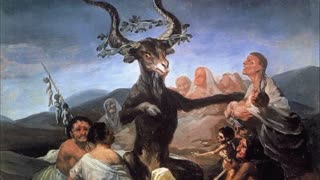 30:03
30:03
ElisBeyondNormal
6 months agoOldest Sumerian DEVIL MYTHS are MIND BLOWING | DOCUMENTARY
4271 -
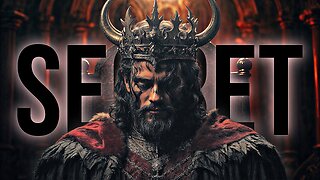 6:39:05
6:39:05
TheWarAgainstYou
6 months agoSons of God: SECRET History. An Extremely Deep Dive Into History, Myth & Ancient Mysteries
4.13K -
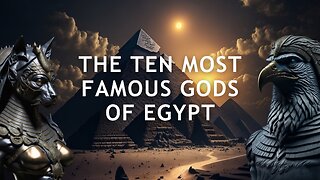 6:16
6:16
Myths And Folklore Rediscovered
2 months agoEgyptian Mythology: The Ten Most Famous Gods of Egypt
1051 -
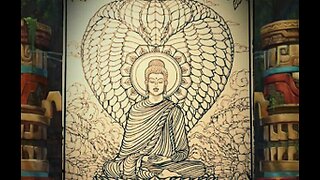 45:49
45:49
The Underground Man
8 months agoSerpent Symbolism - Ancient Symbol of Good & Evil - In Various Cultures Religions & Myths
440 -
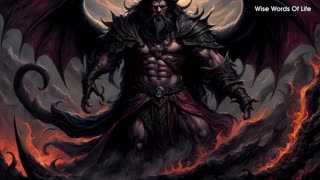 27:16
27:16
Viral
3 months agoThe Mysteries of Mythical Demons: From Ancient Mesopotamia to Modern Folklore
29 -
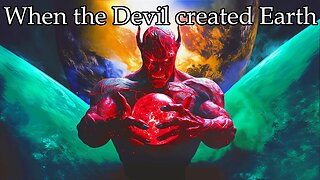 1:02:13
1:02:13
Crecganford
10 months ago $0.03 earnedOldest Creation Myths from East of Europe: When the Devil created the Earth
391 -
 37:37
37:37
The Underground Man
8 months agoThe Underworld - World of The Dead In Various Cultures Religions & Myths
61 -
 8:13
8:13
Mythical Madness
1 year agoLamashtu: Goddess of Monsters (Mesopotamian Mythology) | Mythical Madness
43 -
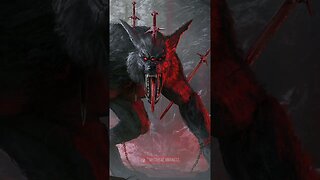 0:55
0:55
Mythical Madness
1 year agoMost Ruthless Monsters Across All Mythologies! | Mythical Madness
15 -
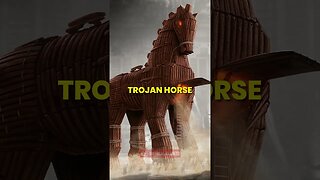 0:59
0:59
Mythical Madness
1 year ago5 Craziest Mythology Facts (Part-2) | Mythical Madness
19